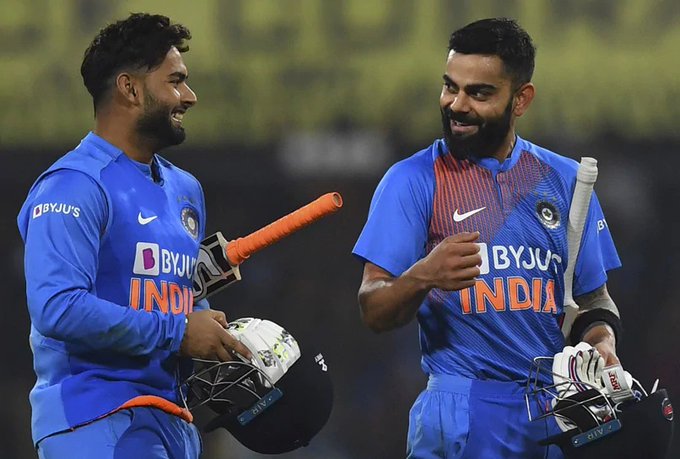|
Nabji Korphu Community-based Trek This
one week trek offers a short, easy and enjoyable journey around scenic
Trongsa Dzongkhag. The climate is warm and pleasant as the trail stays
between 1000-1500m in altitude and there is a wide array of flora and
fauna observable along the route including the rare Golden Langur, Red
Pandas, Himalayan Black Bears, Rhesus Monkeys, Rufous-necked Hornbills
and Clouded Leopards.
|

No comments:
Post a Comment